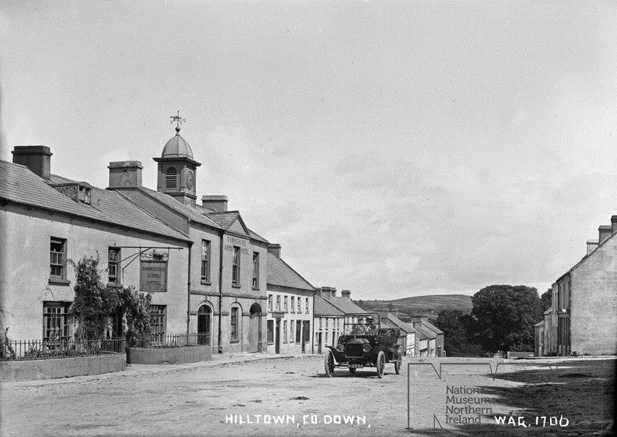|
Ros
Davies' Co.
Down, Northern
Ireland Family History Research Site
© Rosalind Davies 2001 Permission granted to reprint research for non-profit use only |
||
Clonduff parish
|
Image supplied courtesy of National Museums Northern Ireland, reference HOYFM.WAG.1706. To purchase this print go to http://www.nmni.com/Home/Shop/Products/Photographs/Green-Collection/HILLTOWN,-CO--DOWN |
|
||||||||
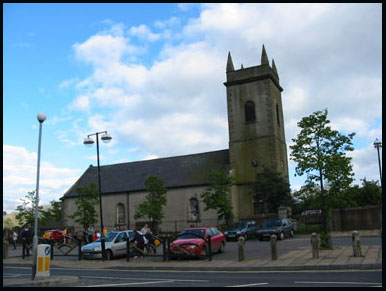 |
|
||||
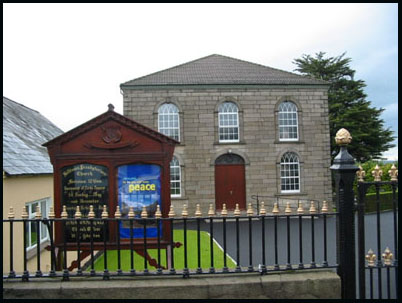 |
|
||||
 |
|
||||
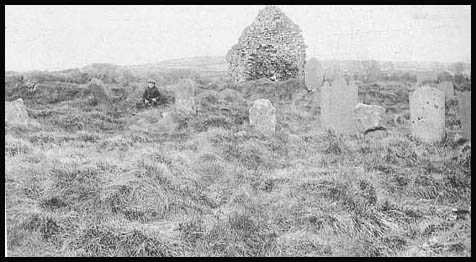 |
The old chapel & graveyard in Ballyaughian townland, on the road to Bryansford This was the parish church in 16th century but now only the east gable remains as the stone was used to built the Presbyterian Church in Hilltown. It was sometimes called the Eight Mile Church. There is a legend about the building of the church . It says that every evening an ox would push over the construction carried out that day. The priest drove the ox off with a stick then stuck the stick in the ground defying the ox to come back . He never did and the church was finally completed. List of parish priests; Rev. Eoghan O'Hagan; Rev. Dominic McAvoy; Rev. Patrick Byrne in 1704; Rev. James Pulleine c. 1744; Rev. Edmund Derry c. 1790; Rev. William Fegan 1796-1804; Rev. James Gilmore 1804- 1808; Rev. Bernard Murphy 1808-1833; Rev. John McLeigh 1931- 1872; Rev. Patrick McKay 1872-1876; Rev. John Mooney 1876-1888; Rev. Thomas McGivern 1888-; Rev. Joseph Kearns 1888- 1923; Rev. Daniel Grant 1923; Rev. John Rooney 1923- 1930; Rev. Thomas McGrath 1930-1941; Rev. Patrick Keenan 1936- 1951; Rev. Michael O'Hare 1951- 1952; Rev. James Murney 1952- 1960; Rev. James Burke 1960-1967; Rev. Michael McConville 1968- 1987; Rev. Edward Hamill 1981- 1984; Rev. Matthew O'Hare 1984- 1988;Rev. Malachy Finegan 1988- 1995; Rev. Anthony Davies 1995-
|
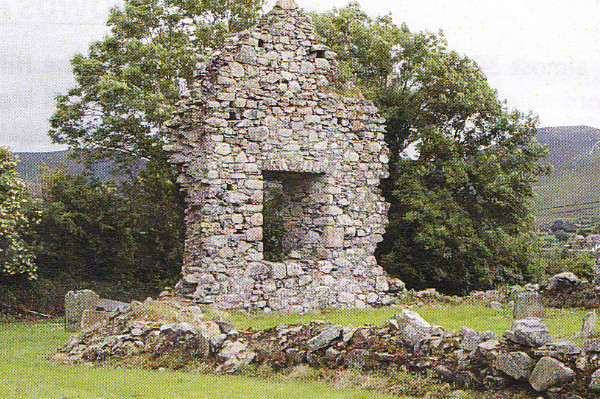 |
|
| References;GIC; IPP p 114; PNNI V3 p75, 76;ORHB p 38 ; RR St J p9, 10; CP 26/7/ 2012 |
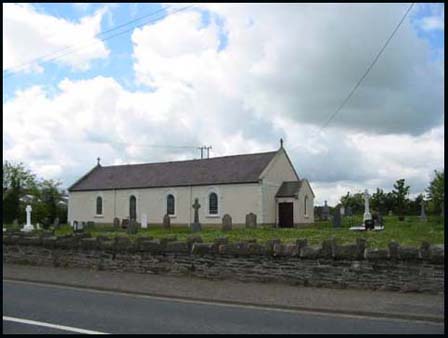 |
|
||||
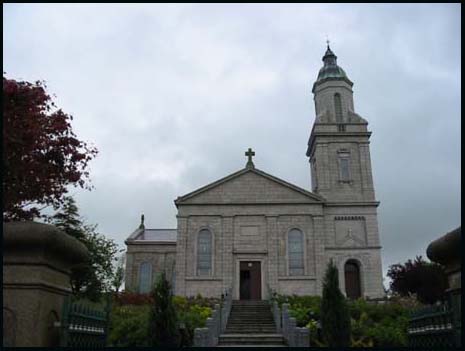 |
|
||||
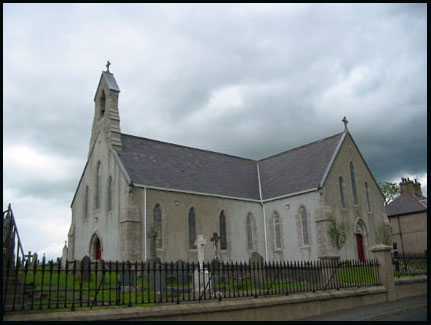 |
|
||||
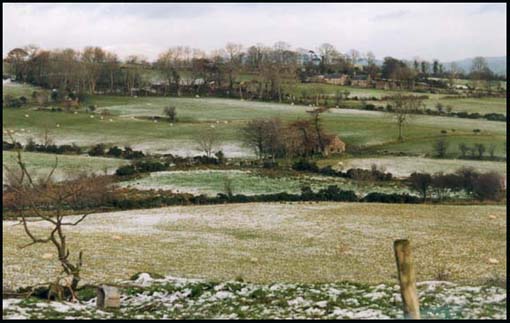 |
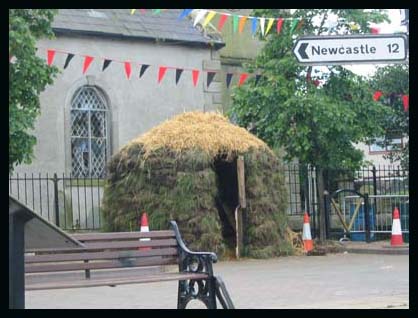 |
||
by Ros Davies
